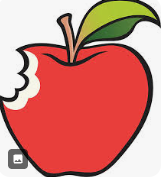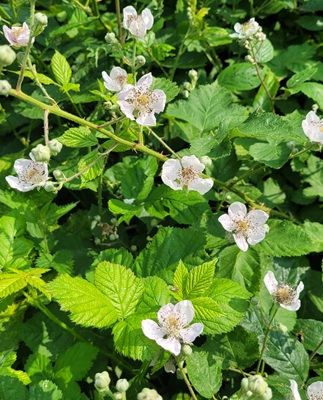Flower Properties
| Property | Value |
|---|---|
| English Name | Blackberry |
| MainColor | White |
| PlantType | |
| Growth Type | |
| Season | May |
| ImageUrl | Rubus-001 |
| Photographer | DP |
| Location | |
| Human Toxicity | Non_Toxic |
Flower Details
Description
This vigorous, sprawling bramble produces large, sweet blackberries and is known for its thick, arching canes and sharp thorns. It grows densely and can form impenetrable thickets. The berries ripen in late summer and are highly attractive to both humans and wildlife.
Distribution
Native to Armenia and parts of Asia Minor, it was introduced to Europe and North America in the 19th century. In the UK, it is present but less common than native blackberry species (Rubus fruticosus agg.), and often found in disturbed or overgrown areas.
Medicinal/Other Uses

Like other blackberries, the leaves and roots of Rubus species have been used traditionally as astringents for treating diarrhoea, sore throats, and minor wounds. The fruits are valued for their antioxidant properties.
Edibility

he berries are edible, juicy, and sweet — suitable for jams, pies, wines, and fresh eating. Leaves can be dried to make herbal tea.
Human Toxicity
Watch for sharp thorns, and ensure berries are picked from clean, pesticide-free areas. Some people may react to the fine hairs or mild tannins in leaves if consumed in large amounts.
Pet Toxicity
Not Toxic
Active Compounds
Contains anthocyanins, tannins, vitamin C, and ellagic acid. These offer antioxidant, anti-inflammatory, and antimicrobial effects.
